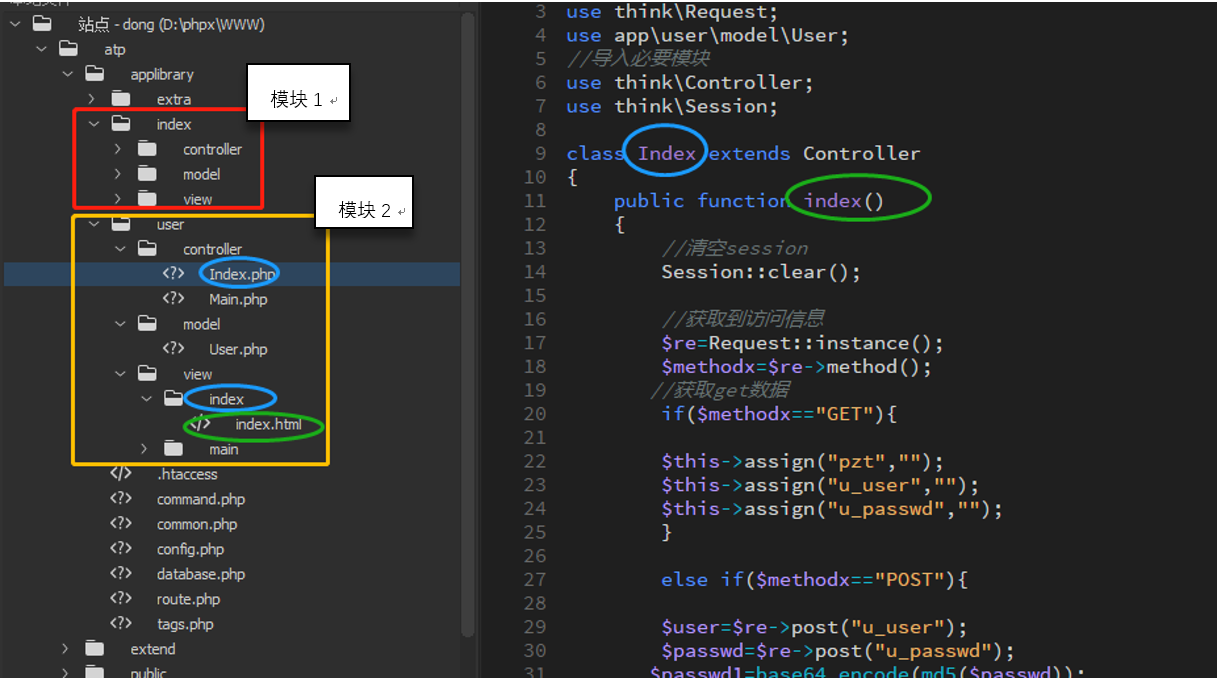我们在遇到一些业务场景的时候经常需要对对象进行复制,对于对象的复制一般有两种方式,深复制和浅复制
浅复制:对象的复制仅是对象本身,对象引用的其它对方并不会复制。
Java所有对象的基类提供了clone方法,但是这个方法是protected native修饰,因此只暴露给之类去重写,外部是无法直接调用的。
我们现在来测试两种复制,首选是浅复制,浅复制要实现Cloneable接口。
?
|
1
2
3
4
5
6
7
8
9
10
11
12
13
14
15
16
17
18
19
20
21
22
23
24
25
26
27
28
29
30
31
32
33
34
35
36
37
38
39
40
41
42
43
44
45
46
47
48
49
50
51
52
53
54
55
56
57
58
59
60
61
62
63
64
65
66
67
68
69
70
71
72
|
// 课程对象
class Class {
private String name;
public String getName() {
return name;
}
public void setName(String name) {
this.name = name;
}
}
// 学生对象
class User implements Cloneable {
private String name;
private Long id;
// 课程引用
private Class c;
public Class getC() {
return c;
}
public void setC(Class c) {
this.c = c;
}
public String getName() {
return name;
}
public void setName(String name) {
this.name = name;
}
public Long getId() {
return id;
}
public void setId(Long id) {
this.id = id;
}
@Override
protected Object clone() throws CloneNotSupportedException {
return super.clone();
}
@Override
public int hashCode() {
return super.hashCode();
}
@Override
public boolean equals(Object obj) {
if (obj instanceof User) {
User user = (User) obj;
if (this.id == user.getId() && this.getName() == user.getName()) {
return true;
}
if (user.getId().equals(this.id)
&& user.getName().equals(this.name)) {
return true;
}
return false;
} else
return false;
}
}
|
我们来测试:
?
|
1
2
3
4
5
6
7
8
9
10
11
12
13
14
15
16
|
User user1 = new User();
User user2 = user1;
User user3 = (User) user1.clone();
System.out.println(user1 == user2);
System.out.println(user3 == user1);
System.out.println(user3.equals(user1));
System.out.println(user3.getName() == user3.getName());// true,浅复制
Class c = new Class();
c.setName("语文");
user1.setC(c);
// 测试复制深度
User user4 = (User) user1.clone();
System.out.println(user4.getC() == user1.getC()); // true,说明引用的对象依然是同一个对象
|
对象的复制并没复制引用所指向的对象class,复制出来的引用指向的同一个地址。
深复制采用序列化与反序列的方式去获取,也有种说法类似于腌菜,用流的方式腌制进去又取出来,实现深度复制。
?
|
1
2
3
4
5
6
7
8
9
10
11
12
13
14
15
16
17
18
19
20
21
22
23
24
25
26
27
28
29
30
31
32
33
34
35
36
37
38
39
40
41
42
43
44
45
|
class Car implements Serializable {
/**
*
*/
private static final long serialVersionUID = 42342L;
private String name;
public String getName() {
return name;
}
public void setName(String name) {
this.name = name;
}
}
// 深复制
class People implements Serializable{
/**
*
*/
private static final long serialVersionUID = 543535212412L;
private Car car;
public Car getCar() {
return car;
}
public void setCar(Car car) {
this.car = car;
}
public People deepClone() throws IOException, ClassNotFoundException {
// 腌制
ByteArrayOutputStream out = new ByteArrayOutputStream();
ObjectOutputStream oos = new ObjectOutputStream(out);
oos.writeObject(this);
// 取出
ByteArrayInputStream input = new ByteArrayInputStream(out.toByteArray());
ObjectInputStream ois = new ObjectInputStream(input);
return (People) ois.readObject();
}
}
|
测试深复制:
?
|
1
2
3
4
5
6
7
8
9
10
11
12
|
// 深复制
Car car = new Car();
car.setName("benz");
People p = new People();
p.setCar(car);
try {
People p2 = p.deepClone();
System.out.println(p2.getCar() == p.getCar()); // false,说明引用的对象也进行了复制
} catch (ClassNotFoundException | IOException e) {
e.printStackTrace();
}
|
例外提及一下生成对象的五种办法:
1.new
2.Class类的newInstance
3.Constructor类newInstance
4.Clone方式
5.反序列化的方式
其中2与3即是反射的方式。
感谢阅读,希望能帮助到大家,谢谢大家对本站的支持!
原文链接:http://blog.csdn.net/micro_hz/article/details/54576281
相关文章
猜你喜欢
- 个人网站搭建:如何挑选具有弹性扩展能力的服务器? 2025-06-10
- 个人服务器网站搭建:如何选择适合自己的建站程序或框架? 2025-06-10
- 64M VPS建站:能否支持高流量网站运行? 2025-06-10
- 64M VPS建站:怎样选择合适的域名和SSL证书? 2025-06-10
- 64M VPS建站:怎样优化以提高网站加载速度? 2025-06-10
TA的动态
- 2025-07-10 怎样使用阿里云的安全工具进行服务器漏洞扫描和修复?
- 2025-07-10 怎样使用命令行工具优化Linux云服务器的Ping性能?
- 2025-07-10 怎样使用Xshell连接华为云服务器,实现高效远程管理?
- 2025-07-10 怎样利用云服务器D盘搭建稳定、高效的网站托管环境?
- 2025-07-10 怎样使用阿里云的安全组功能来增强服务器防火墙的安全性?
快网idc优惠网
QQ交流群
您的支持,是我们最大的动力!
热门文章
-
2025-05-29 55
-
2025-05-25 31
-
2025-05-25 62
-
如何实现企业服务器的自动化部署和配置管理?有哪些推荐的工具和技术?
2025-05-25 40 -
2025-05-27 44
热门评论











